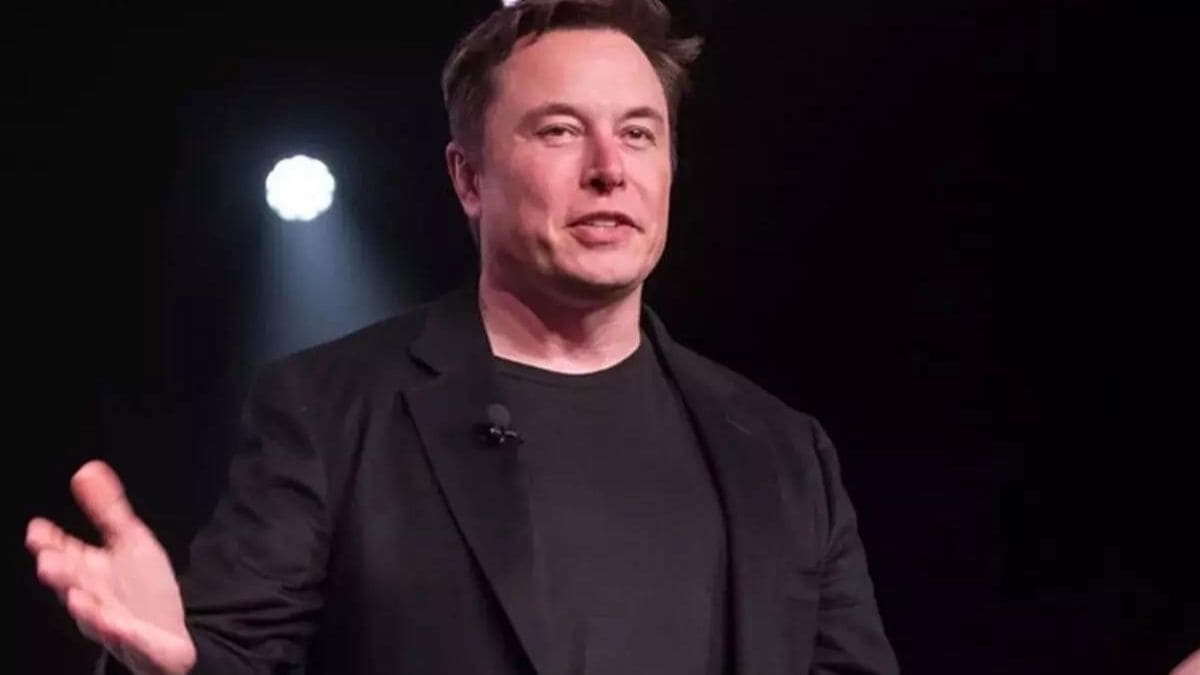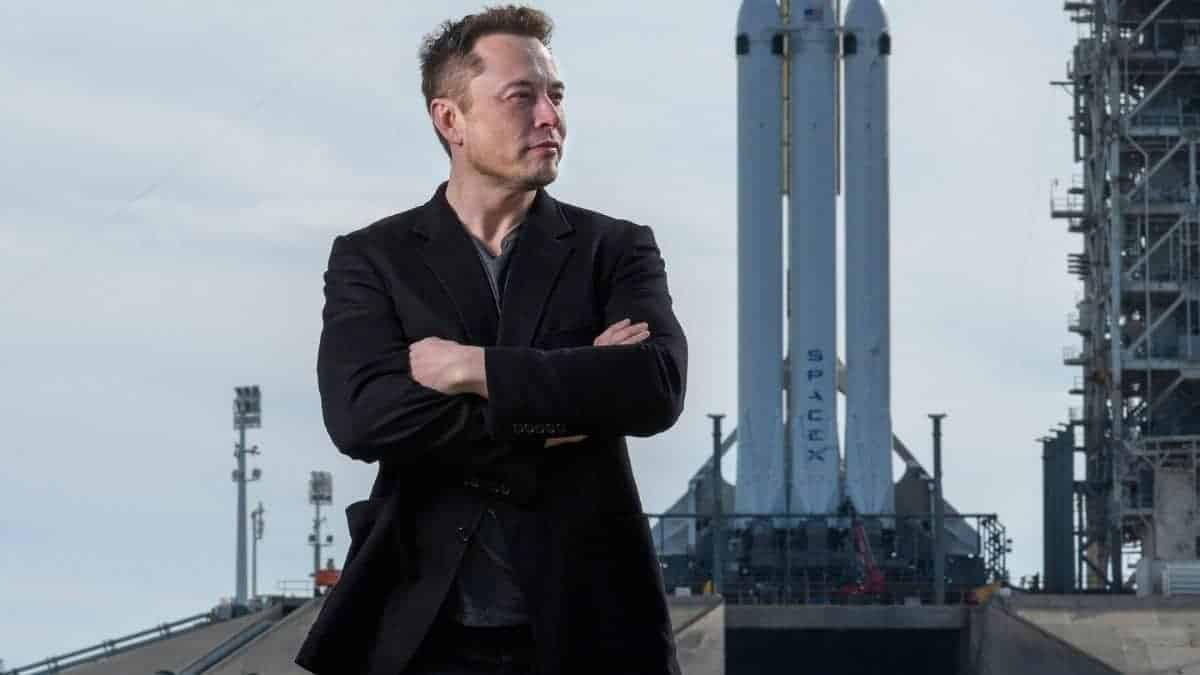“Slashdot Has Some Of The Best Comments,” Remarks Elon Musk – Know Why

NASA has set a baseline need for its “human landing system” to transfer 865 kg to the lunar surface as part of its Artemis mission to return humans to the Moon this decade. This is based on the weight of two crew members and their gear for a brief stay. NASA, on the other hand, chose SpaceX’s Starship vehicle as its human lander because it has a lot more capabilities. In reality, the Starship will be able to deliver 100 metric tonnes to the Moon’s surface, which is more than 100 times NASA’s baseline target.

“Starship can land 100 tons on the lunar surface,” said Aarti Matthews, Starship Human Landing System program manager for SpaceX. “And it’s really hard to think about what that means in a tangible way. One hundred tons is four fire trucks. It’s 100 Moon rovers. My favorite way to explain this to my kids is that it’s the weight of more than 11 elephants.”
Matthews delivered her remarks at the ASCENDxTexas space conference in Houston last week. She was responding to a question from Jeff Michel, an engineer at Johnson Space Center, who was in the audience.
“NASA specified a high-level need, but we, industry, are taking away one of your biggest constraints that you have in designing your payloads and your systems,” she said. “It’s significantly higher mass. It’s essentially infinite volume for the purposes of this conversation. And the cost is an order of magnitude lower. I think that our NASA community, our payload community, should really think about this new capability that’s coming online.”
Matthews went on to say that they all need to imagine larger, better, and more inspirationally about what they can do. Anyone who has worked on hardware design for space applications understands that you’re constantly battling for kilograms, and sometimes even grams, and it takes a lot of time and effort. It severely restricts the capabilities of your system. That has completely vanished, she said.
“If you, as an engineer, are developing an in-situ resource utilization system, what does your system look like when you have no mass constraint?” she asked. “What about when you have no volume constraint? That would be the exciting thing that I would like to hear from NASA engineers, what they can do with this capability.”
“The engineer says NASA is not thinking big enough,” adds Slashdot reader technology dude. “I think it’s pretty obvious what the payload should be, a nuclear powered boring machine. With flamethrower weapons just in case! Leave a comment for my resume. Maybe I’ll call.”
After all these comments and remarks, Elon Musk posts a Tweet saying “Slashdot has some of the best comments”.

